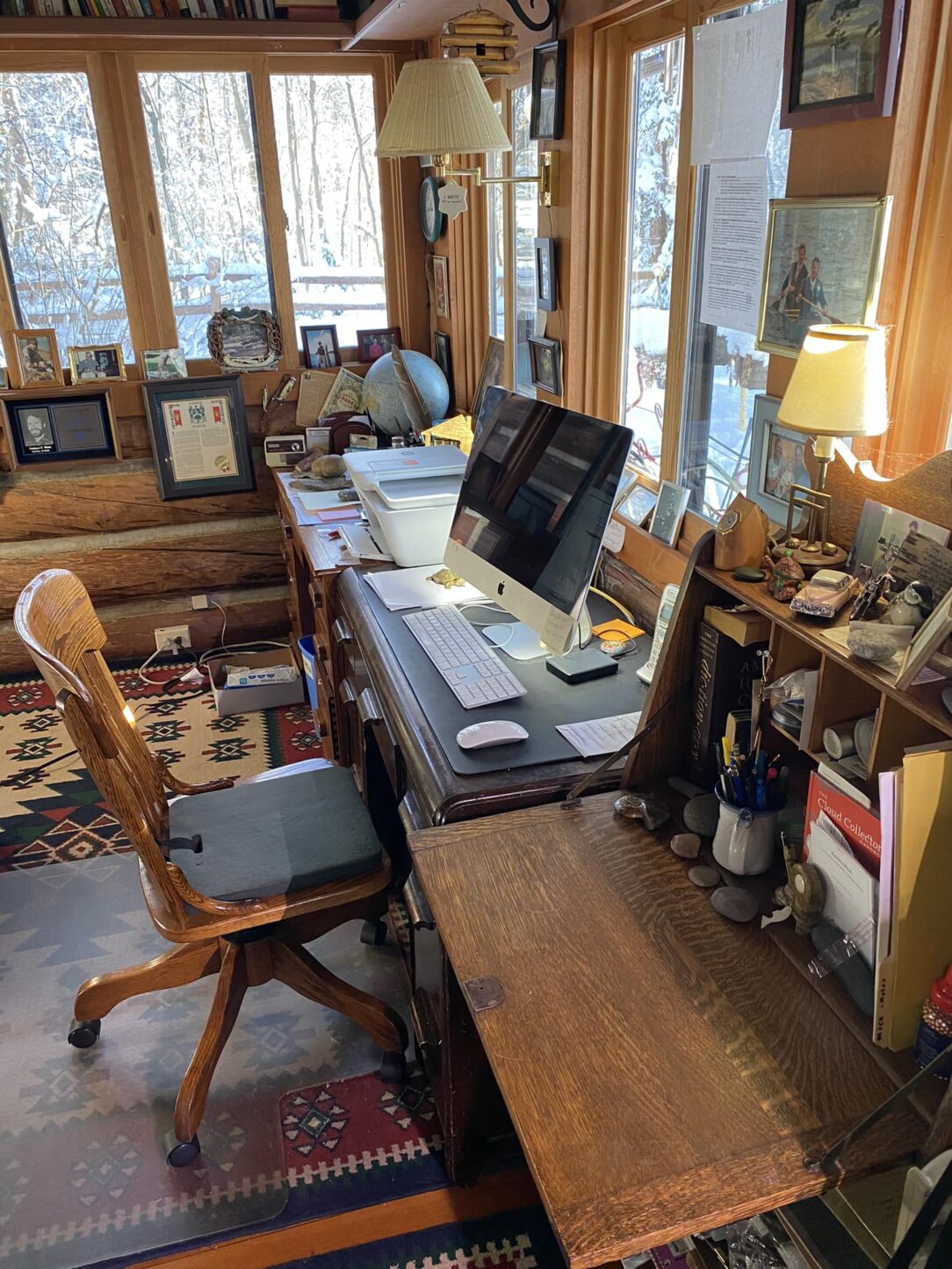THE BRONZE AGE

DEAR FRIENDS: Three Things. First, last night I posted about a distressing and precipitous drop of maybe 90% in our engagement and viewership on this page, and I asked for a little help. Somehow that broke through the algorithm ‘blockade’ and responses and messages poured in! THANK YOU! And thanks also for the incredible kind and encouraging words.
Second: My ‘advisors’—you guys—had some good tips to keep our community together. Please like or ‘love’ posts frequently. This helps keep my stuff coming to you. Try becoming a ‘top fan.’ Please ‘share’ posts occasionally. And, if you don’t see me for a while, seek me out on your ‘feed’ or at wood.douglas on FB. Meanwhile, I will engage with FB in a wider variety of ways, including ‘promoting’ or buying ads for my professional page. Hopefully this will keep the FB spirits happier.
And third: As you may have guessed, I am not really very comfortable with I.T., social media, and computer stuff. I live in a log cabin, for crying out loud. In my upcoming book, ’A Wild Path,’ an entire essay is devoted to this subject, entitled ‘Computer Class For The Bronze Age.’ If you’ve got 5 minutes, a cup of tea, and a rocking chair, I thought I’d give you a little preview of it. Again, many thanks!
COMPUTER CLASS FOR THE BRONZE AGE:
On my desk, in the Writing Office (which is really just a room but I like to call it the Writing Office) is a small, brass… thing. On the front of the thing are little open windows, which show the day of the week, the month, and the date. On each end of the thing are little twisters that you turn by hand to rotate the aforementioned day, date, and month. This technology is perhaps a thousand years old. But it suits me, and I like it. I like turning the little twisters to start the day. It helps me to feel in control of… something. It is a feeling I know will not last, but it is a good way to begin the day.
The little brass thing sits directly to the right of the computer. By way of contrast, the computer is responsible for helping me to feel in control of… nothing. Absolutely nothing in this world. As I am now the author of somewhere north of three dozen books, one might assume that the computer and I would have developed a somewhat close, perhaps intimate—or at least businesslike—working relationship. This assumption would be wildly incorrect. Of the aforementioned 38 books, 34 of them have been written on a yellow tablet with a pen. Again, this basic technology is thousands of years old, and it suits me. And it is the way Miss Little taught me to write in the second grade and I don’t like change. But… in order to join the 20th Century (the 21st is far beyond me) and to stop being a source of humiliation and embarrassment to my grandchildren, I have begun to work with–sort of–the computer. And I have thought that perhaps—as a service to others who might also be stuck in the Bronze Age, or who have occasional arguments or physical altercations with their computers—I would share a few of the things that I have learned.
It all begins with terminology, and the terminology—at least in my case—begins with a “mouse.” In the computer world a mouse, for those unfamiliar with the term, is a little plastic dingus that you push around with your hand on something called the “mouse pad” (this is where the mouse lives) which in turn pushes around another little dingus on the screen (also called a monitor but we’ll get to that later). The little what’s-it on the screen looks like a tiny Indian arrowhead and is called a “cursor.” (We don’t know why it is called that.) Eventually, the little arrowhead stops in various random places and magically turns into a hand. A Mickey Mouse-type hand with some sort of a white glove on it. If you then click the hand, with the mouse, the hand will take you to some entirely new place in the digital cosmos. This is all disconcerting and mildly frightening, but we are getting ahead of ourselves. Back to the mouse.
One fine day my little mouse stopped working. Or more accurately, the mouse kept running around on its pad but stopped moving the little arrowhead. I took the mouse to Best Buy. To the ‘Geek Squad’ counter. I described the problem as best I could to the young (very young) guy at the counter. He looked at me. He looked at the mouse. He thought for a minute. He said, “You have a defective mouse.”
“I do?”
“Yes.”
“Have you ever heard of anything like this before?”
“No.”
“Then how do you know?”
“Because it’s not supposed to do that.”
“So the mouse is…”
“The mouse is defective.”
“Right.”
He went on to say that I should send the mouse back to the manufacturer and get a new, non-defective one.
It perhaps bears mentioning that we have had, through the years, any number of mice in our log cabin in the woods—deer mice, white footed mice, jumping mice, big mice, little mice—but never before a defective mouse. Oh well, live and learn.
Meanwhile, back to my digital studies. It has been a slow and tortuous process, but I have continued to educate myself on many other interesting facets of computer terminology/technology. I will now pass on some of the basics…
OK… More to come in the book!!!